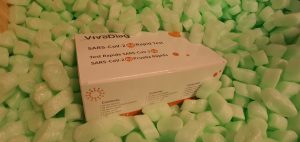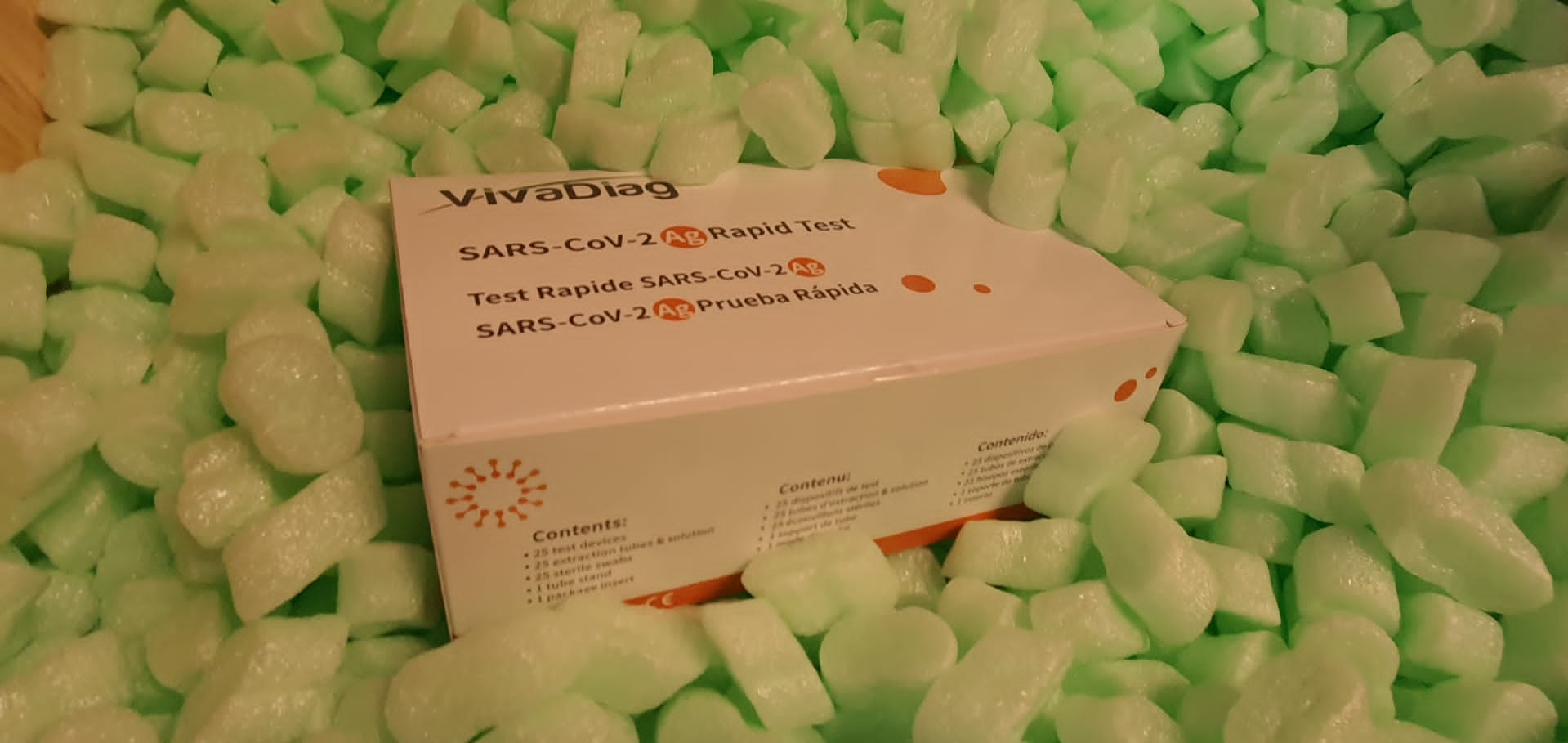Initial Resuscitation of a Multisystem Trauma Patient Following a Fall From Height: A Complete Simulation Scenario for Medical Students
Management of a fancy trauma affected person is a crucial talent for medical students, significantly throughout a common surgical procedure or emergency medication clerkship. However, gaining proficiency with this skillset could also be difficult with out prior medical or simulation expertise. The purpose of this technical report is to current a complete high-fidelity medical simulation of a polytraumatized affected person with quite a few accidents sustained from a 20-foot fall.
As the situation unfolds, students determine multisystem accidents together with acute hemorrhage, femur fracture, pressure pneumothorax, and traumatic mind harm. The case was designed as an evaluation device to guage the information of preclinical medical students obtained by way of a one-day workshop on the first survey. This technical report supplies simulation designers with a premade script, flowchart, labs, pictures, and provides wanted to efficiently recreate the case.

Medical Student Ultrasound Education: The Radiology Chair Weighs In
To assess the radiology division chairs’ opinions regarding present standing and plans for instructing ultrasound to medical students, the American College Taskforce on Radiology Ultrasound Education, commissioned by the American College of Radiology, distributed a survey to 142 radiology chairs and a medical college dean subgroup.The response price was 30% (42/142), and 76% indicated ultrasound was presently a part of the medical pupil curriculum. In preclinical years, radiology involvement was solely 6.4%. During clinical years, radiology led ultrasound schooling with 51.7% in common and 82.9% in elective rotations.
Regarding precise content material, prime Four outcomes had been evenly distributed between learning hands-on scanning (81.1%), diagnostic use of ultrasound (75.7%), anatomy/pathology (75.7%), and ultrasound steerage for procedures (54.0%). Educational leaders in preclinical programs had been emergency medication (72.7%) adopted by radiology (45.4%) physicians. During clinical years, leaders had been radiology (52.6%) and emergency medication (47.4%) physicians.
Most chairs said that information of diagnostic ultrasound ought to be necessary (76.2%), stressing the significance of instructing the diagnostic capabilities and makes use of of ultrasound as the first purpose (78.8%). Perceived boundaries to implementation had been evenly distributed between lack of area in the curriculum (55.6%), lack of college (48.2%), lack of assets (44.4%), and lack of institutional help (40.7%). The American College Taskforce on Radiology Ultrasound Education survey exhibits that radiology’s position in ultrasound undergraduate schooling happens nearly completely throughout clinical years, and the chairs voice a want to enhance upon this position. Barriers embrace each intradepartmental (college and assets) and institutional (curricular) elements.
For medical faculties, the COVID-19 pandemic necessitated examination and curricular restructuring as effectively as vital adjustments to clinical attachments. With the obtainable proof suggesting that medical students’ psychological well being standing is already poorer than that of the final inhabitants, with educational stress being a chief predictor, such adjustments are more likely to have a major impact on these students.
[Linking template=”default” type=”products” search=”Thrombin Activation peptide fragment 1 Antibody” header=”2″ limit=”144″ start=”2″ showCatalogNumber=”true” showSize=”true” showSupplier=”true” showPrice=”true” showDescription=”true” showAdditionalInformation=”true” showImage=”true” showSchemaMarkup=”true” imageWidth=”” imageHeight=””]
This on-line, cross-sectional examine aimed to find out the affect of COVID-19 on perceived stress ranges of medical students, examine doable contributing and assuaging elements, and produce suggestions for medical faculties to implement throughout future healthcare emergencies. The majority (54.5%) of respondents reported ranges of stress starting from reasonable to excessive.

